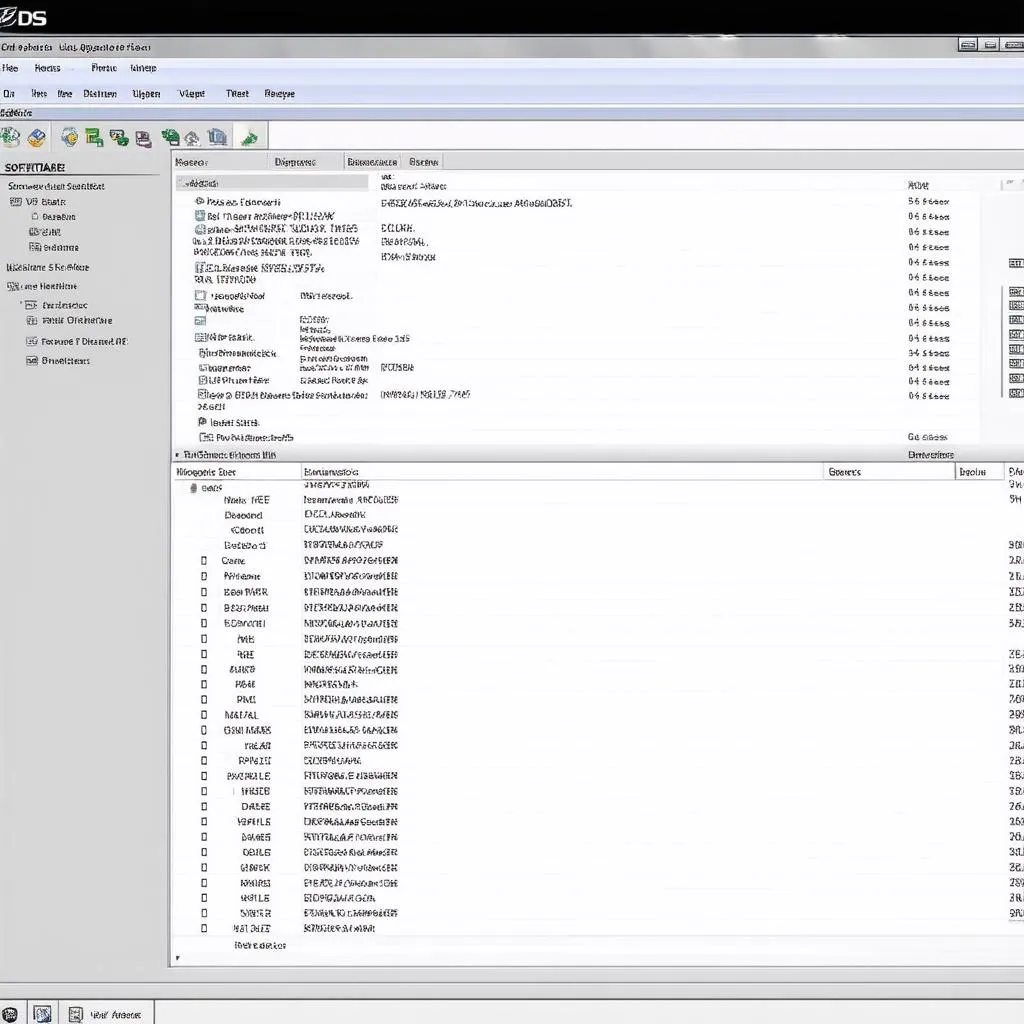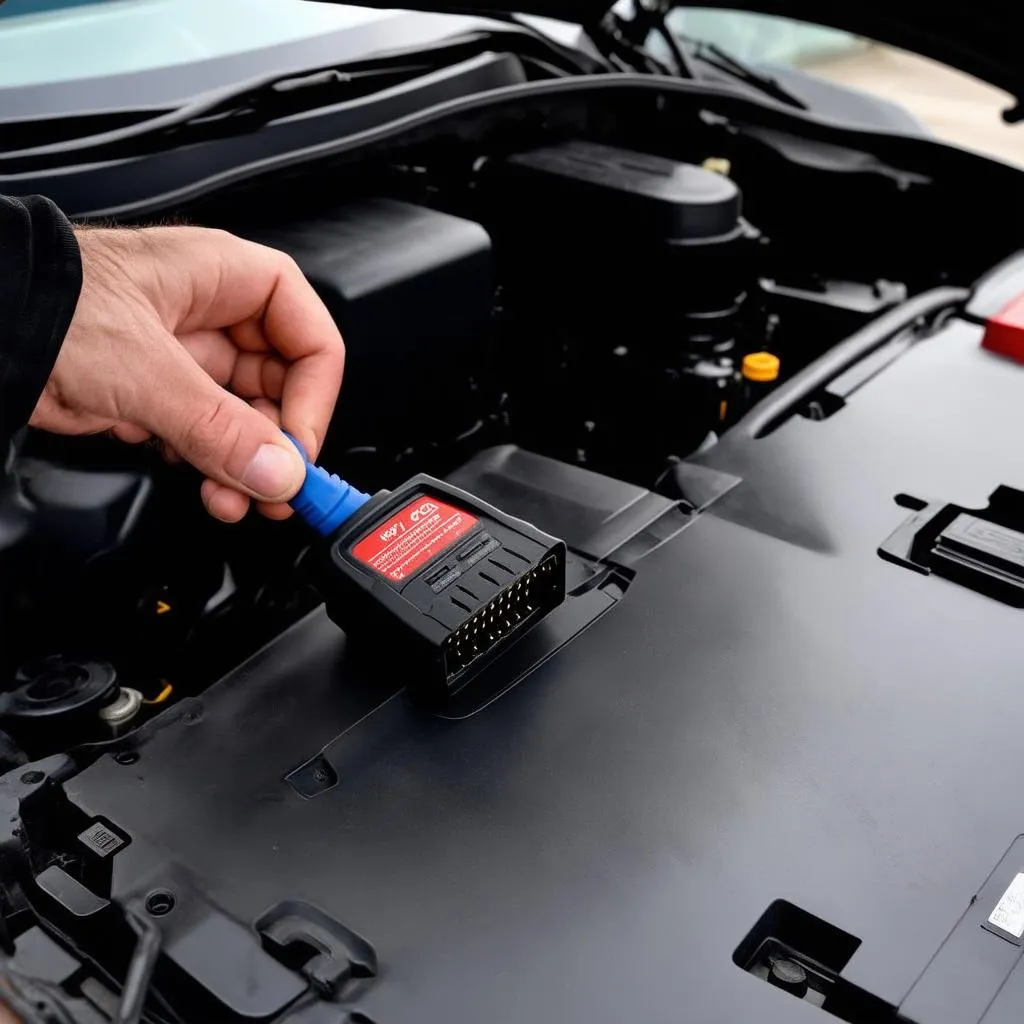The EGR (Exhaust Gas Recirculation) system is a common sight in modern vehicles, designed to reduce harmful emissions. But what happens when you want to disable it using VCDS, a popular diagnostic software? This article delves into the world of Vcds Egr Delete, exploring its implications and providing the information you need.
Understanding EGR and Its Purpose
Before diving into the specifics of a VCDS EGR delete, it’s crucial to understand what the EGR system does. In simple terms, it redirects a portion of your engine’s exhaust gases back into the combustion chamber.
Why? This process helps lower combustion temperatures, which in turn reduces the formation of nitrogen oxides (NOx), a harmful pollutant.
Why Consider a VCDS EGR Delete?
While the EGR system plays a vital role in emissions control, some vehicle owners consider disabling it using VCDS. Here are a few reasons why:
- Improved Performance: Some believe that EGR delete can slightly increase engine power and responsiveness, particularly in older vehicles where the EGR system may not be functioning optimally.
- Preventative Maintenance: Over time, EGR components like the valve and cooler can accumulate carbon deposits, potentially leading to malfunctions. Disabling the system is seen as a way to avoid these issues.
Expert Insight: “While an EGR delete might offer marginal performance gains in some cases, it’s essential to weigh the potential drawbacks, particularly concerning emissions compliance,” cautions automotive engineer Dr. Emily Carter, author of “Modern Engine Management Systems.”
The Role of VCDS in EGR Delete
VCDS (Vag-Com System), a powerful diagnostic software, allows users to communicate with their vehicle’s Engine Control Unit (ECU). While not its primary function, VCDS can be used to manipulate certain ECU parameters, including those related to the EGR system.
However, it’s important to note that directly disabling the EGR system via software modification may trigger error codes or even put your vehicle into “limp mode.”
 VCDS Software Interface
VCDS Software Interface
The Legal and Ethical Considerations
Before proceeding with a VCDS EGR delete, it’s imperative to understand the legal ramifications. Tampering with emissions control systems is illegal in many regions and could result in fines or even vehicle inspection failures.
Furthermore, disabling the EGR system will increase your vehicle’s NOx emissions, contributing to air pollution and potentially impacting the environment.
Alternatives to EGR Delete
If you’re experiencing issues with your EGR system, exploring alternatives to a complete delete is recommended:
- EGR Component Cleaning: Thoroughly cleaning the EGR valve and cooler can often restore proper function and alleviate performance issues.
- EGR System Repair: If components are faulty, repairing or replacing them is a more sustainable solution than disabling the entire system.
 Cleaning EGR Valve
Cleaning EGR Valve
FAQs about VCDS EGR Delete
Can I reverse a VCDS EGR delete?
Yes, in most cases, the process can be reversed by restoring the original ECU settings.
Will a VCDS EGR delete void my warranty?
Modifying your vehicle’s emissions system, including using VCDS for EGR delete, can void your warranty.
Do I need advanced technical knowledge for VCDS EGR delete?
Working with VCDS and engine management systems requires a certain level of technical understanding. If you’re not comfortable, it’s best to consult a qualified mechanic.
Conclusion
While VCDS EGR delete might seem appealing for potential performance gains, it’s crucial to approach this modification with caution. Carefully consider the legal, environmental, and potential vehicle reliability impacts before proceeding. Remember, regular maintenance and addressing EGR system issues directly are often more effective and responsible solutions. For expert advice on diagnostic tools and vehicle maintenance, connect with CARDIAGTECH.

